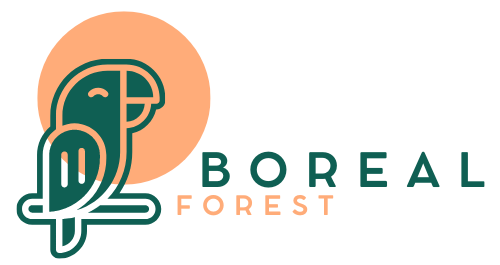Forest Management in Scandinavia
Sustainability and long-term thinking have been key concepts in Scandinavian forestry long before sustainability became a buzz word for environmentalists and politicians around the world. Scandinavian foresters have been working towards sustainable forestry for more than 100 years, although, if we are to be strictly honest, for many years the focus was on trees and … Read more










